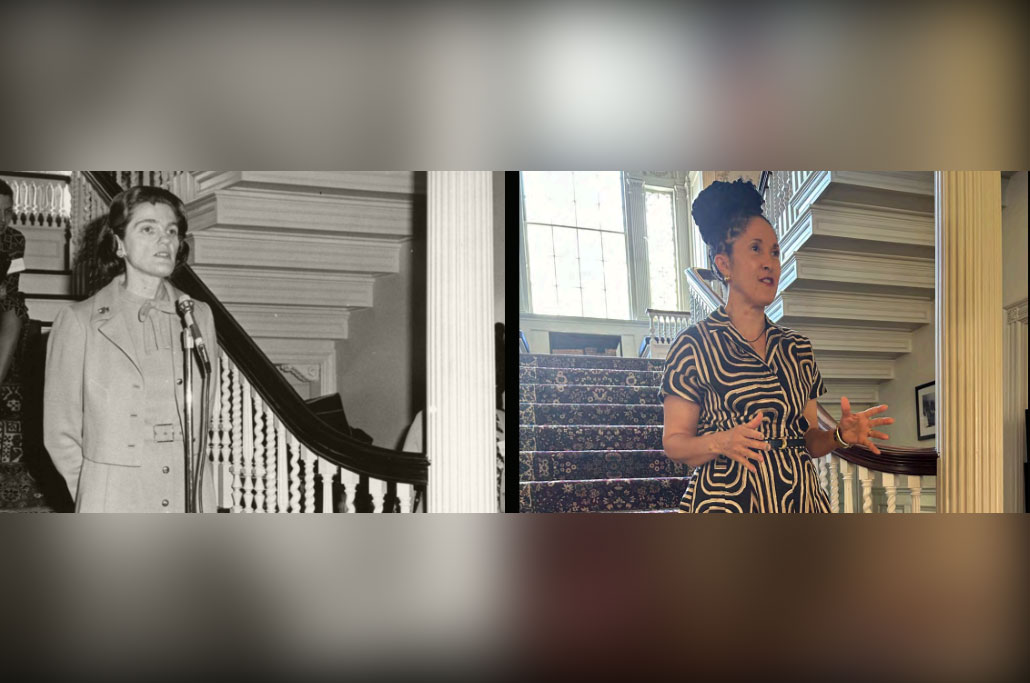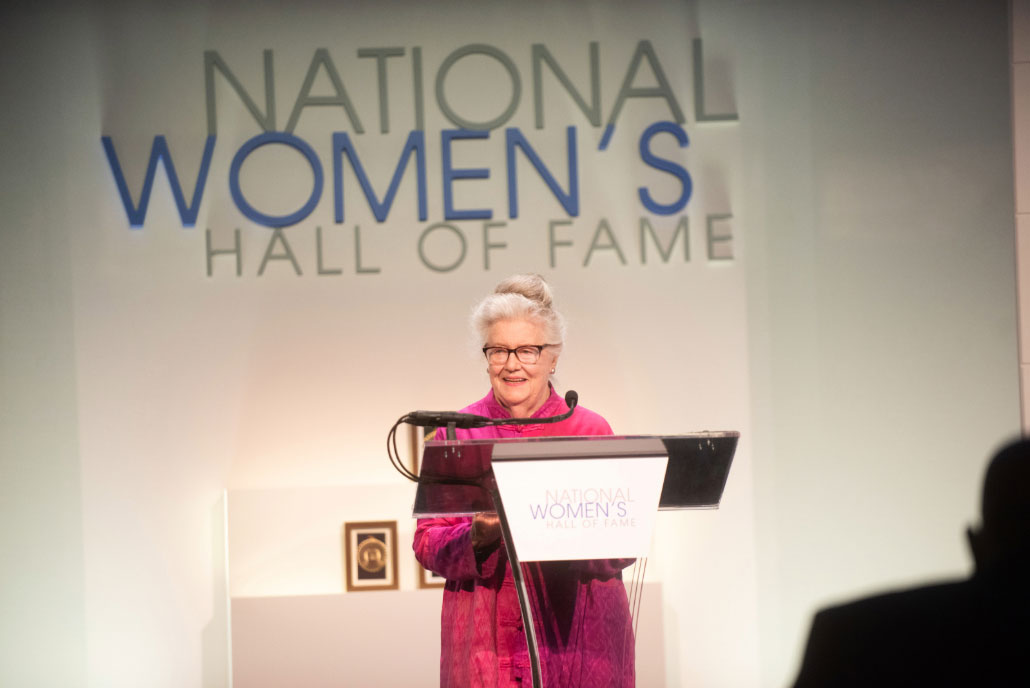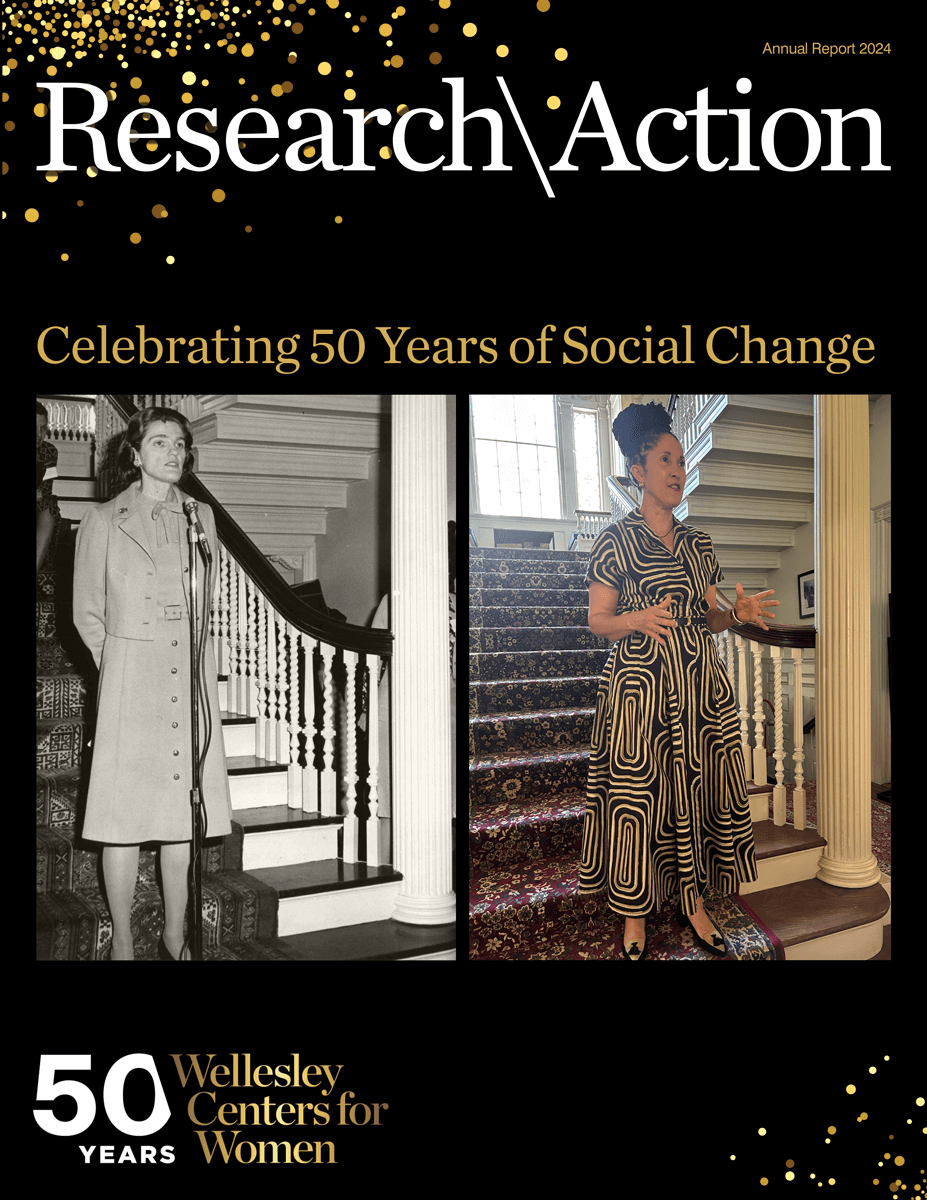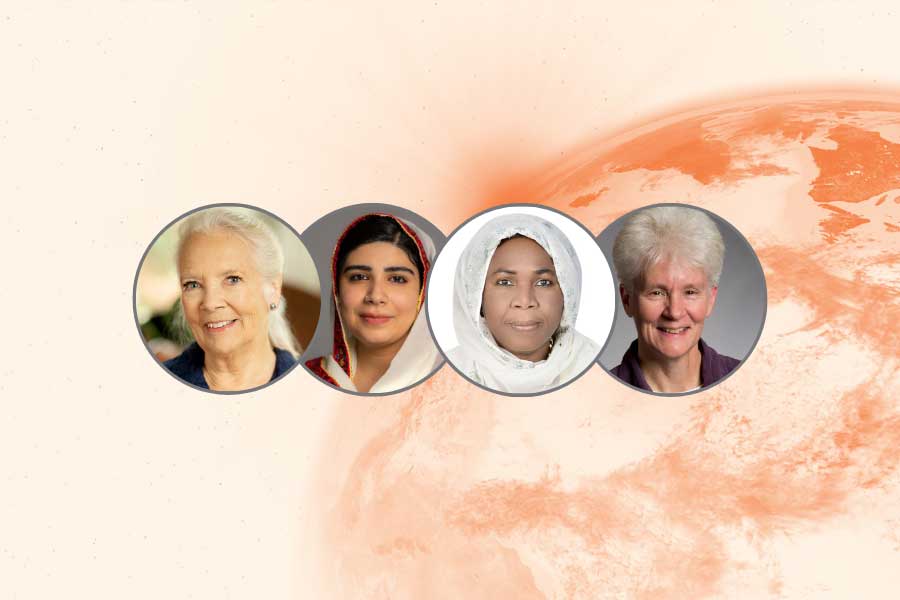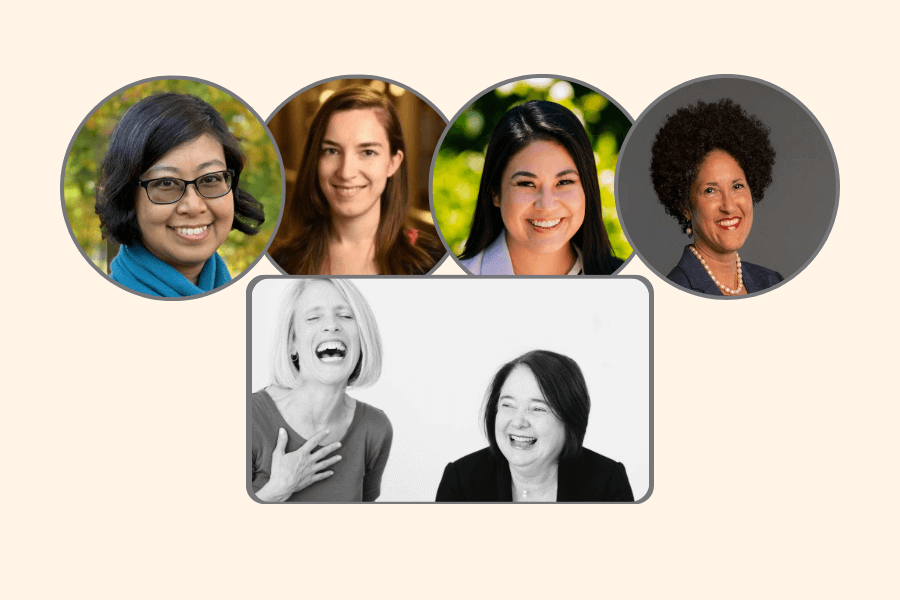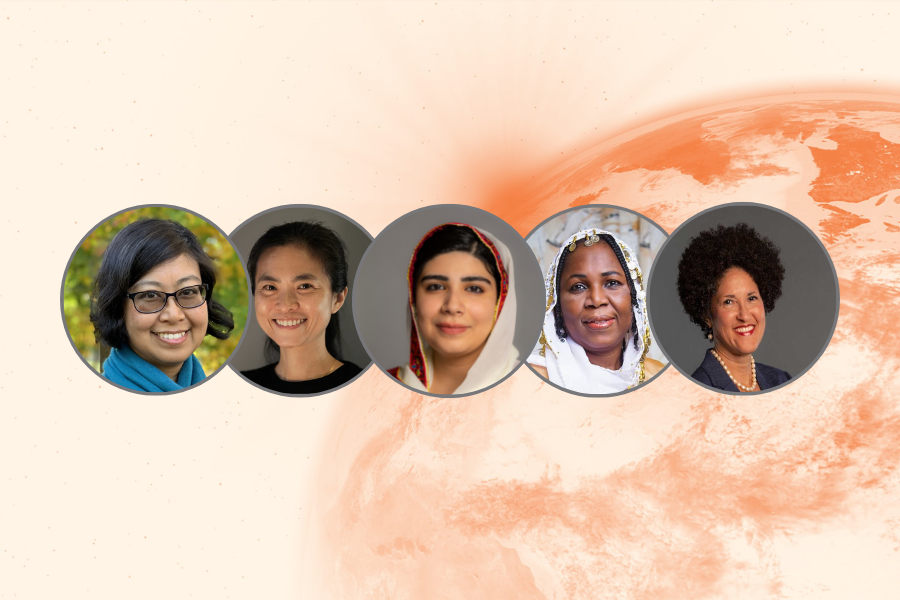The present study analyses migration patterns in Finland to test if microeconomic evidence for the Harris-Todaro model can be found. The Harris-Todaro hypothesis states that rural-urban migration stems from regional differences in the wage level and the chances of finding work. To test the hypothesis one needs to predict urban and rural wage and employment probability for each individual. This method is applied to a study of the recent migratory trend in Finland in which most migrants are heading towards a few urban growth centers while the rest of Finland is losing its population. The present study finds evidence for the Harris-Todaro model and concludes that rural urban migration is a result of higher wages and, even more so, better employment prospects in urban areas. Demographic factors may serve to reduce the migration flows in future, but this reduction is likely to remain modest. The results suggest that the best way to prevent excessive rural population loss is to pay attention to job-creation schemes, concentrating especially on workers with secondary and tertiary education.

.jpg)

